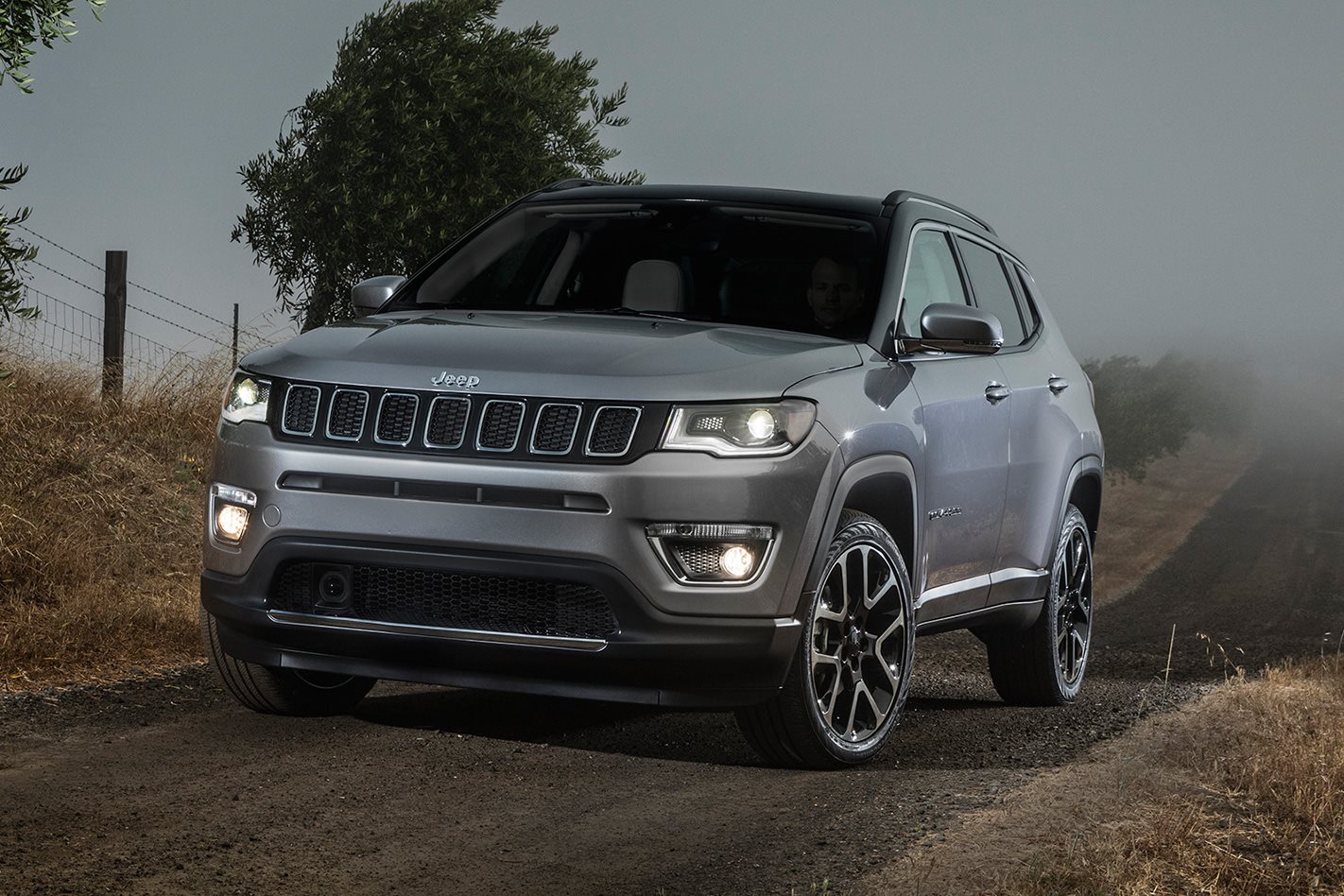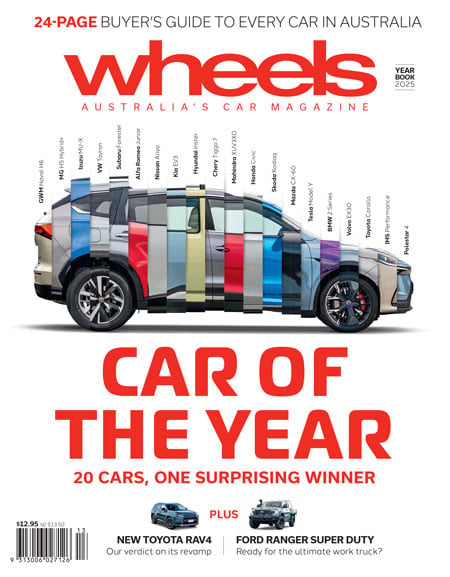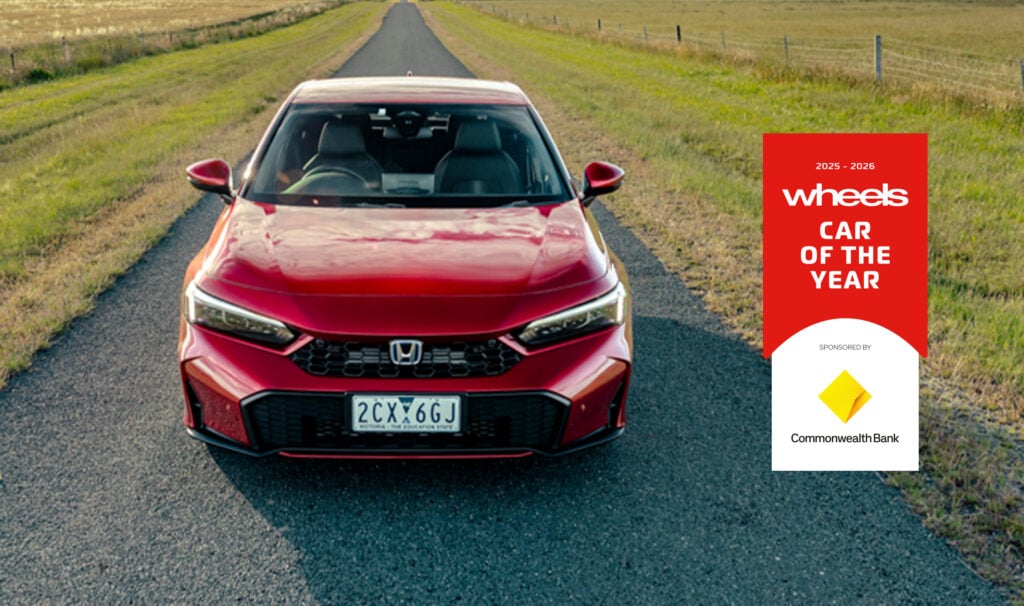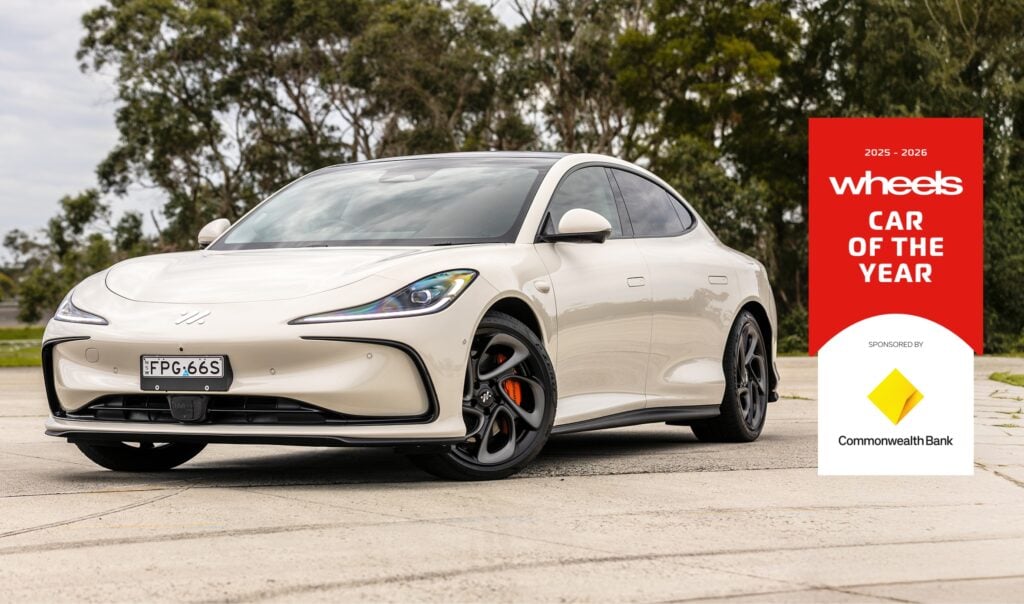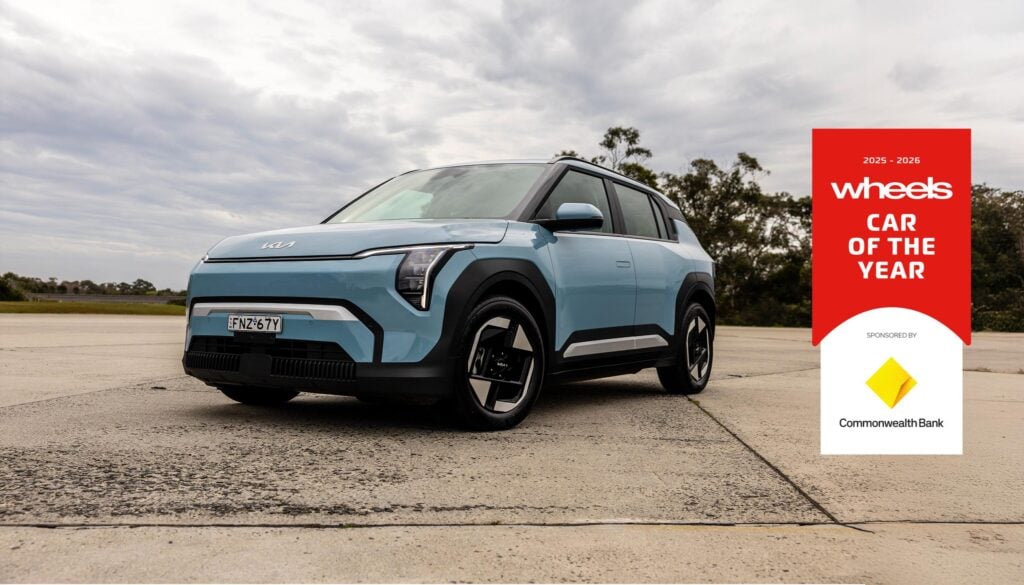AN ALL-new Jeep Compass unveiled in the US today is shaping up to be the iconic US brand’s most important model.
The second generation of the Mazda CX-5 fighter – launched at the Los Angeles Motor Show in the brand’s 75th anniversary year – is its best chance yet to shake up the booming mid-size SUV segment.
Sharing nothing with the smaller – and dated – car it replaces, the all-new Compass should be more sharply priced when Australian sales start late in 2017, thanks to low-cost sourcing from a box-fresh green-field site in India – the home of all right-hand-drive production.

Expect prices to start from about $30,000 for the entry-level version.
The new Compass is based on the Small Wide 4×4 platform that also underpins the Renegade. Jeep claims the Compass will be “the most capable compact SUV with the most advanced 4×4 systems in its class”, even though the basic architecture is based on a transverse engine/front-wheel-drive layout.
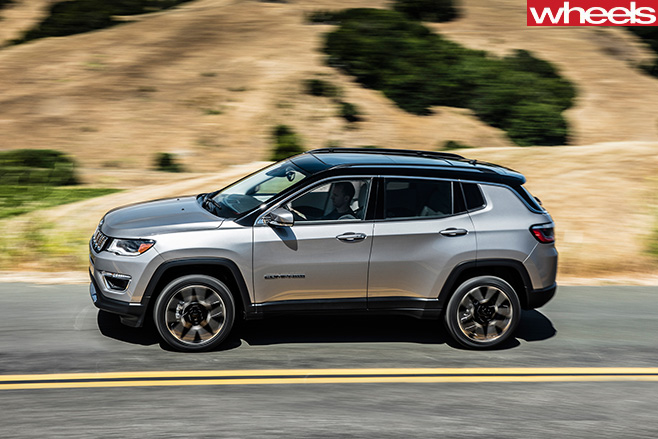
Engine choices for Australia are yet to be confirmed, but expect a spread of four-cylinder engine applications including a 1.4-litre four-cylinder turbo, 2.0-litre turbo-diesel, and 2.4-litre naturally aspirated unit. Front-drive versions will use six-speed transmissions, while a nine-speed auto is earmarked for AWD variants.
The new Compass is a complete visual departure from the previous model, gaining a shrunken Jeep Grand Cherokee look to give it an upmarket and international appeal. While traditional Jeep design cues such as the seven-slot grille and trapezoidal wheelarches abound, the newcomer ushers in a chrome ring embellishment that circles the entire turret of the vehicle, as well as LED headlight detailing meant to evoke the human eye when lit.
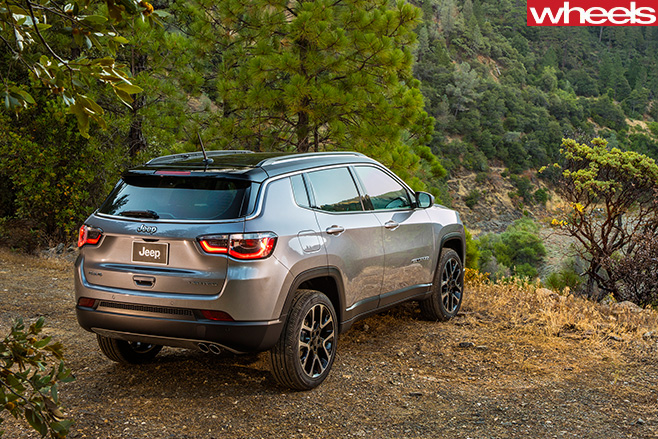
At a tad under 4.4 metres long, 1.82m wide, and 1.64m high, the Compass’s dimensions are smack in the middle of its class. Its 2636mm wheelbase is about 60mm longer than the Renegade, allowing for full five-seater capability and 438 litres of cargo capacity – extendable to 1251L with a lowered split/fold backrest.The cabin will feature light as well as dark contrasts in line with more sophisticated international consumer tastes than what previous compact Jeep efforts such as the old Compass and its boxy Patriot twin (now discontinued) could muster.

Active safety tech such as lane departure warning, blind spot monitoring, rear cross traffic alert and hill descent control systems are also part of the package, along with adaptive cruise control.
A single rather than dual transfer case with rear-axle disconnection is used in the interest of saving money and keeping weight and complexity down. AWD models do score Jeep’s Selec-Terrain switch offering automatic FWD or 4WD modes based on conditions and driving style. There are also modes for snow, sand, and mud. Testing the system included a visit to New Zealand’s Snow Farm near Queenstown.
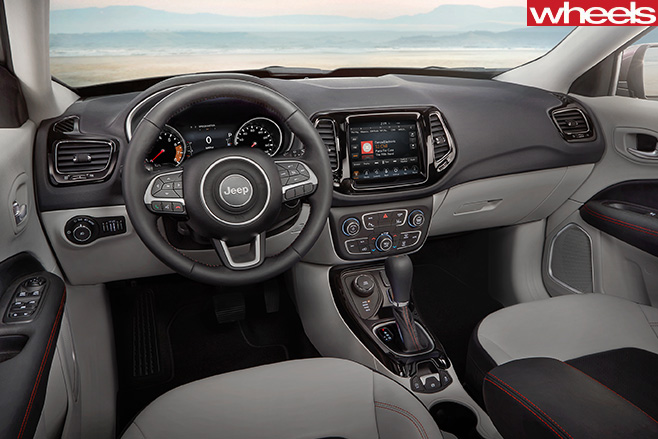
Active Drive Low brings a 4.33 final drive ratio; a crawl ratio of 20:1, and up to 100 percent front/rear torque split.
Wheel articulation is up to 200mm. Part of that has to do with what Jeep calls its Chapman strut rear suspension set-up, which is a non-steering McPherson strut based design similar to the front end, but allowing for the greater movement of the wheel. The steering is electric rack and pinion.
Jeep reckons 1.8 million kilometres of accelerated testing have ironed out quality bugs; combine that with road-test simulators, and the figure jumps to 25.7m kilometres. Shakedowns have included Brazil and China.
Jeep also talks about greater structural robustness, in part due to the application of 64 percent high-strength steel and composite for crash and load management.
The Compass will also be built in Mexico, Brazil, India and China, making it Jeep’s most globally focussed vehicle to date.

